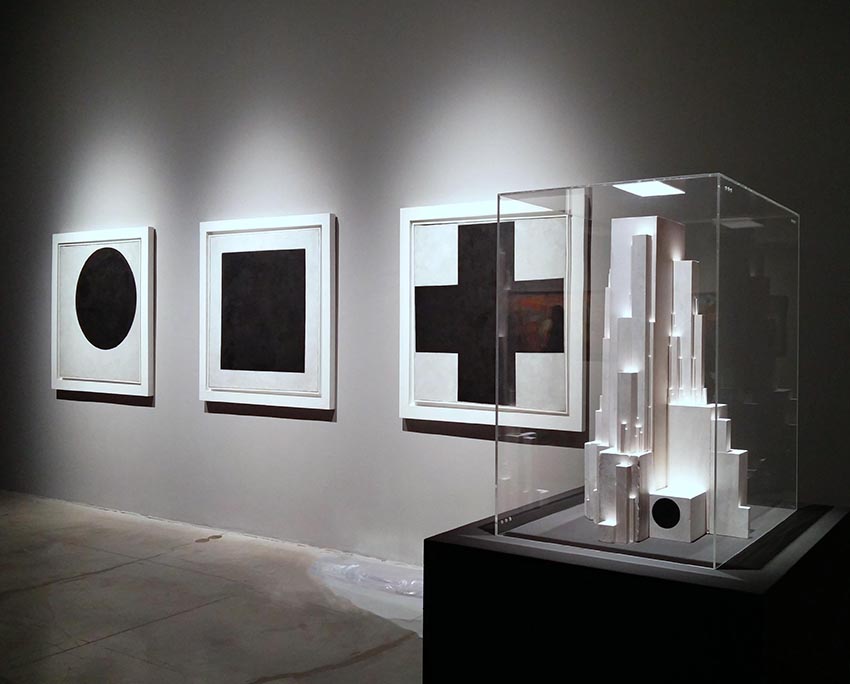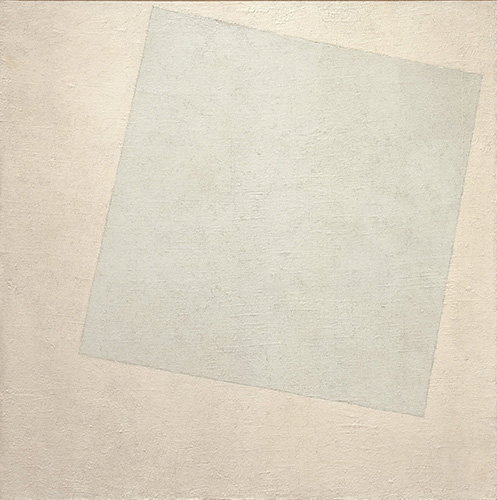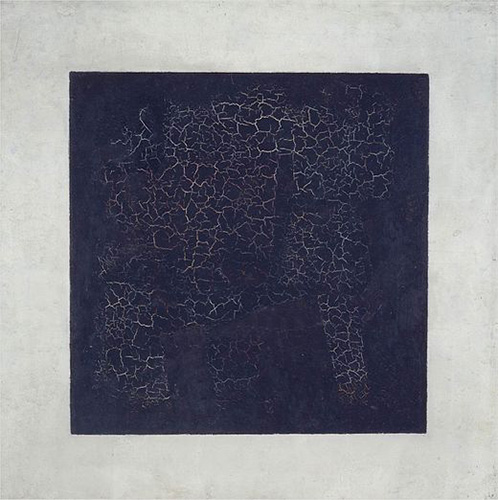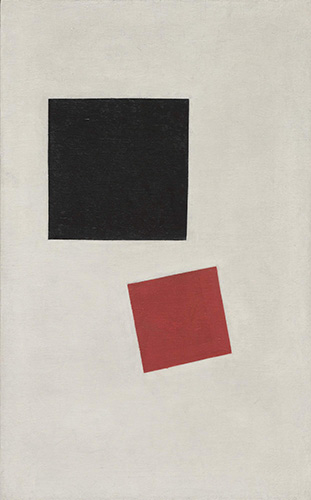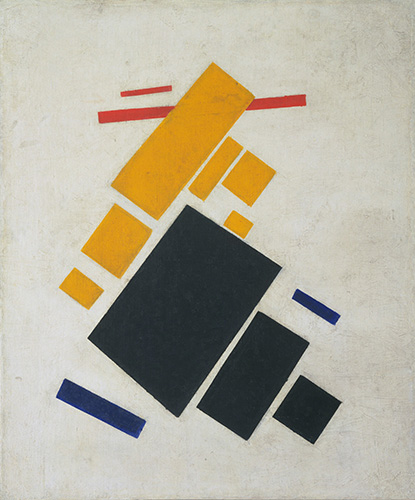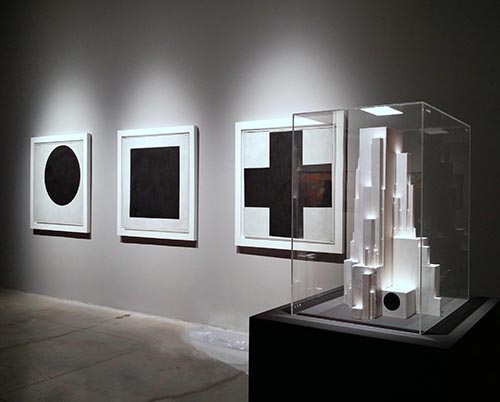
The most famous Black Square. Suprematism by Kazimir Malevich.
ArtWizard, 15.07.2019
“By 'Suprematism' I mean the supremacy of pure feeling in creative art. To the Suprematist the visual phenomena of the objective world are, in themselves, meaningless. The significant thing is feeling.”
Kazimir Malevich was one of the most avant-garde Russian artists of the early years of the 20th century. His progressive theories, pioneering work and writing had a profound influence on the development of abstract modern art of the 20th century, not only in Russia, but around the world. He was the founder of a new movement in abstract art, the Suprematism, that was seen as a form of art that would move as far as possible from the natural objects in the nature, that is to say, avoid any “objectivity” in order to achieve the “supremacy of pure feelings”. The artist was born near Kiev in the year 1978 and died in 1935 in Leningrad, witnessing some of the most profound historic processes in his country that has a deep influence in his way of making art.
During his early years, he was experimenting with several modernist styles and was part of the Moscow Artist Association that was at the time including artists such as Wassily Kandinsky and Mikhail Larionov.
After some time, he moved into a different artist group and drafted a Manifesto for a Futurist Exhibition with writer Alexei Kruchenkykh and the composer Mikhail Matyushin. At the same exhibition, Malevich presented his first non-objective, geometric paintings following the style of Suprematism. He was then supported by the Soviet Government and after the revolution of 1917 he began to explore three-dimensional of Suprematism in architecture models. The support for his art by the Soviet Government was also shown by the fact that a special show dedicated to Suprematism and other abstract, non-objective matters was organized in his honour.
It was quite interesting about his artistic career, that in fact, Malevich's trajectory in many ways mirrored the tumult of the decades surrounding the Soviet revolution. In its immediate , the avant-garde movements such as Suprematism and the Constructivism of Vladimir Tatlin, were encouraged by Trotskyite factions in the Government the time. In addition, Malevich held several prominent teaching positions in art schools in Moscow and Leningrad. He was widely recognized also to the West, with his solo exhibitions in His recognition spread to the West with solo exhibitions in Warsaw and Berlin in 1927, where his work was shown at the Grosse Berliner Kunstausstellung.
In Germany the artist met Jean Arp and Kurt Schwitters, also visiting the Bauhaus, where he met Walter Gropius. Upon his return, however modern art was falling out of favor with the new Stalinist Government. Malevich was then imprisoned for two months, due to his connections with the German artists and many of his manuscripts were destroyed.
His style and new movement of Suprematism however leaved a lasting trace in modern art. Starting from a variety of styles, form Impressionnism, to Symbolism and Fauvism, and mostly influenced by Cubism, Malevicth gradually simplified his style and made some key works that explore pure geometric forms.
His Black Square (1915), a black square on white canvas, represented the most radically abstract painting yet seen and drew "an uncrossable line (…) between old art and new art", as the artist said at the time. The Black Square was a work of art, inspiring many artists later on, working on Abstract Art and the Minimalists. His Suprematist composition White on White (1918), depicting a differentiated off-white square superimposed on an off-white ground, would take his ideal of pure abstraction to its logical conclusion. In addition to his paintings, Malevich laid down his theories in writing, such as "From Cubism to Suprematism" (1915) and The Non-Objective World: The Manifesto of Suprematism (1926).
After the Stalinist regime took over, the artist was forced to abandon abstraction and painted in a representational style in the years before his death at age 56.
